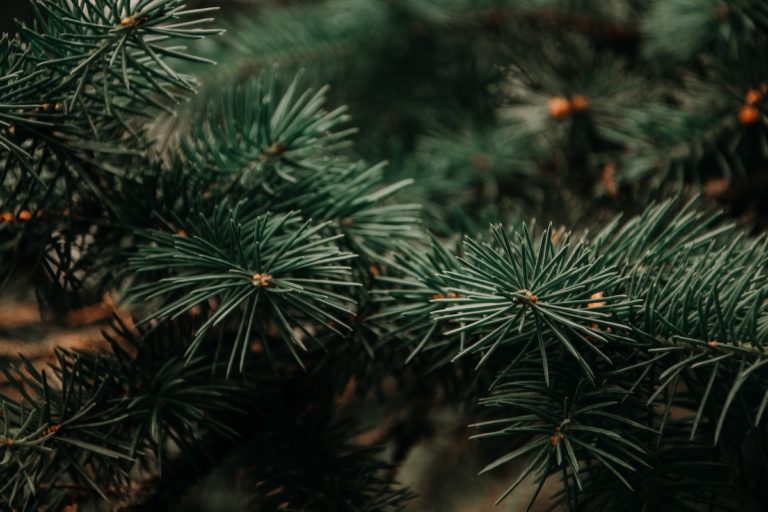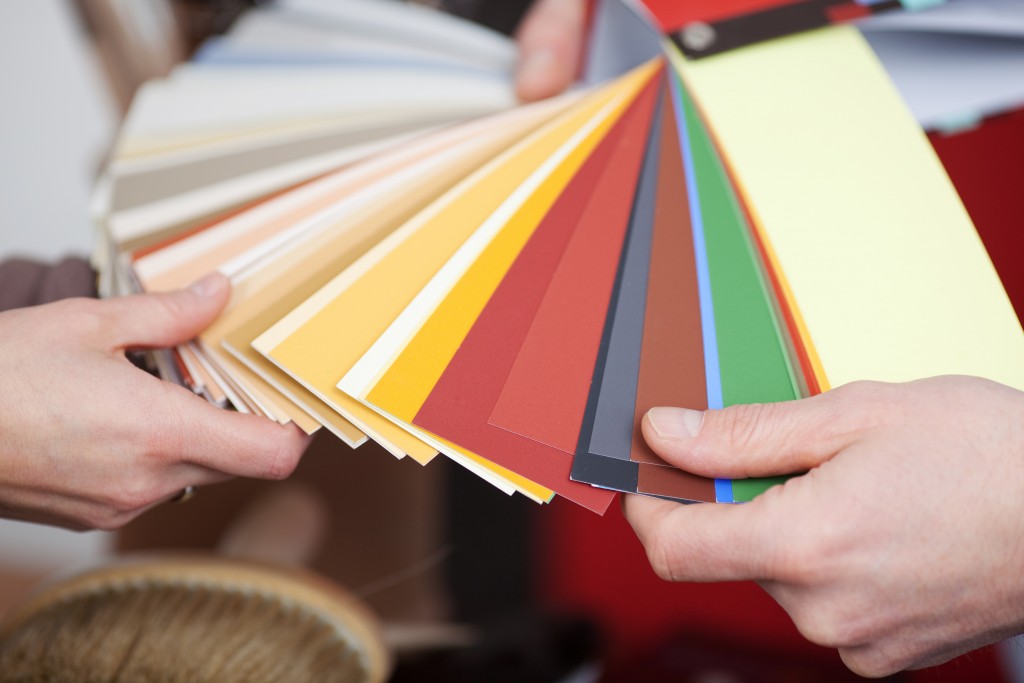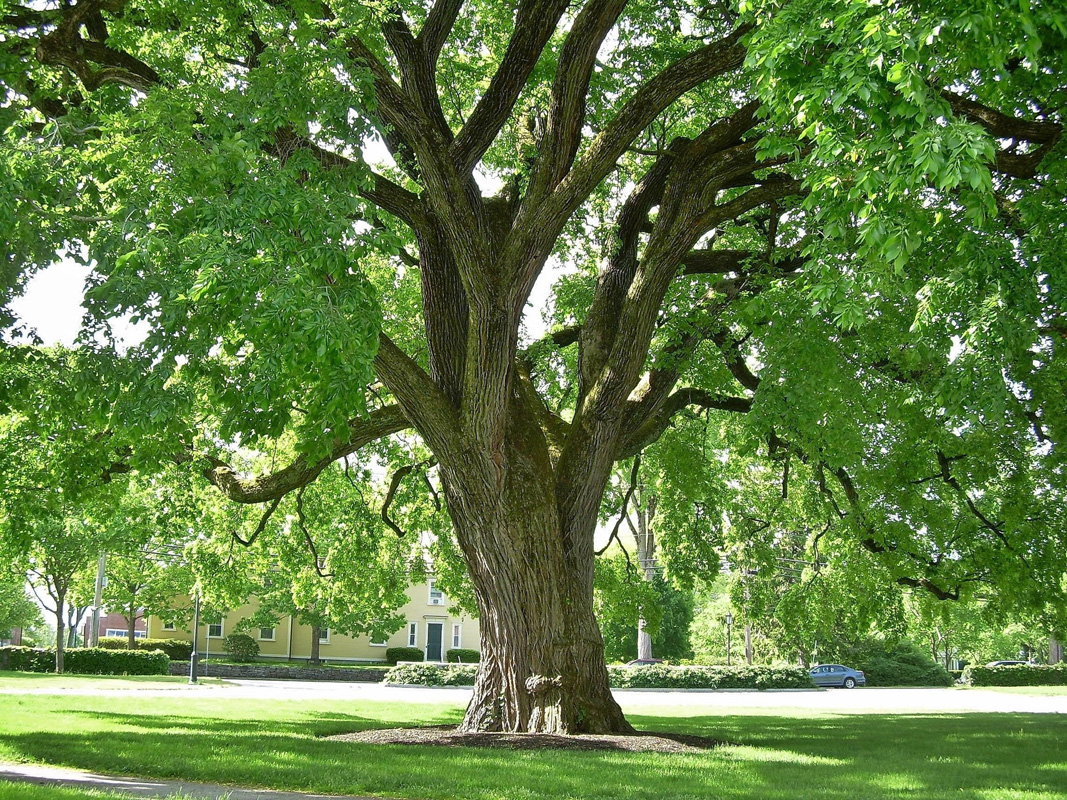Landscaping is a practice that has been popular for centuries and continues to capture the attention and fascination of people worldwide. In fact, according to a 2019 U.S. Landscaping Trends Survey, households in the United States alone spent an average of $5,000 on some form of landscaping activity.
One of the critical components of landscaping is using trees to add texture, color, and structure to outdoor spaces. Among the many types of trees, coniferous trees such as pines, spruces, and firs are particularly popular due to their year-round greenery and ability to thrive in various climates.
Understanding the unique characteristics and needs of coniferous trees is essential for anyone interested in landscaping. These trees can provide various benefits, including improved air quality, reduced erosion, and increased property value. This guide will provide a comprehensive overview of coniferous trees, including their different species, growth patterns, and uses in landscaping.
When most people think about improving their residential property, they tend to think of structural additions such as swimming pools or gazebos. But there are more environmentally friendly methods for sprucing up a lot, specifically by making the most of your backyard. If you want to enhance the appeal and the beauty of your property, you can’t go wrong by planting some trees.
A stand of majestic ash trees or fruit-bearing persimmon trees can really work wonders on your property’s value. But what if you’re looking for plants that could stay luscious and green all through the year? Then you should plant coniferous trees, the most recognizable and prolific type of evergreen trees.
Today, learn about the difference between deciduous trees and coniferous trees, the intricacies of evergreen trees and the many different types of cone-bearing trees you can plant in your backyard.
Coniferous Tree History
Coniferous trees have a rich history that dates back millions of years. These trees evolved during the late Paleozoic era and began to diversify during the Mesozoic era, which is also known as the Age of Dinosaurs. Today, there are over 600 different species of coniferous trees, and they are found in various regions around the world, from the cold and snowy areas of the Arctic and Subarctic to the temperate forests of North America, Europe, and Asia.
Some of the most common species of coniferous trees include pines, spruces, firs, cedars, and junipers. These trees are characterized by their needle-like leaves, which are usually evergreen and can remain on the tree for several years. Coniferous trees are also known for their unique cone-shaped fruits, which contain seeds that the wind or animals disperse.
Compared to other types of trees, such as deciduous trees, coniferous trees have different appearances and growth patterns. While deciduous trees lose their leaves in the fall and remain dormant during the winter, coniferous trees stay green all year round. It means they can photosynthesize and produce oxygen even in the year’s coldest months. Additionally, coniferous trees grow slower than deciduous trees but can live for hundreds or even thousands of years.
Recent research and studies have focused on understanding the genetics of coniferous trees and finding ways to conserve these critical species. Scientists are exploring the unique characteristics of different coniferous tree species, such as their resistance to diseases and ability to adapt to different climates. This research can help inform conservation efforts and ensure that these trees continue to thrive in the future.
Coniferous Tree Companion Plants
Coniferous trees can benefit from the presence of companion plants, which are plants that grow well in the same environment and can enhance the health and aesthetics of the trees. Companion plants can provide a range of benefits, such as improving soil quality, reducing erosion, and attracting pollinators and beneficial insects.
Some common companion plants for coniferous trees include ferns, heather, and rhododendrons. Ferns, for example, are shade-loving plants that can grow well under the canopy of coniferous trees, while heather and rhododendrons can add color and texture to the landscape. Other companion plants that can grow well alongside coniferous trees include hostas, astilbes, and lilies.
When selecting and caring for companion plants, it is important to consider their specific needs and preferences. Some plants, for example, may prefer acidic soil, while others may prefer well-draining soil. It is also important to consider the amount of light and water that the plants will receive, as well as their growth rate and potential for spreading.
What’s the Difference Between Deciduous and Evergreen Trees?

What exactly makes evergreen trees so different from the rest of the trees in the plant kingdom? The distinction between evergreens and deciduous trees stems from the lack of leaf shedding. Unlike deciduous trees like poplar trees, evergreens don’t have to lose their leaves at the end of the growing season. This means that their branches retain a glorious verdant foliage all throughout the year, hence the term “evergreen.”
Deciduous trees often shed their leaves during the autumn season in temperate climates, but there are tropical deciduous trees as well. These trees shed their leaves during the dry season instead of autumn.
What’s the Difference Between Evergreen and Coniferous Trees?

The different between coniferous trees and evergreen trees is related to category. Evergreens is a broader term for plants and trees that do not lose their leaves, as previously stated. Coniferous trees refer to trees that produce cones for reproductive purposes. Most plants and trees grow flowers that later turn to fruit, which contain their seeds. Natural phenomenon such as foraging animals or rain can then spread these seed-bearing fruits to propagate the species.
Coniferous trees don’t grow flowers. Instead they produce cones. Don’t be fooled, not all cones from these trees look like pinecones. The healthy “berries” that grow on juniper trees are actually a form of cone rather than fruit.
Not all evergreens are also conifers. The holly bush is an evergreen that produces berries rather than cones and yet remains green throughout the year. There are also deciduous coniferous trees, such as larch trees.
What are the Different Types of Coniferous Trees?

There are dozens upon dozens of species of coniferous trees you can choose from when you’ve decided to spruce up your backyard.
Below are 6 of the most prominent types of conifers you may want to plant. Each one has unique appeal and different growing preferences.
-
Pine Trees
Perhaps the most iconic of all coniferous trees, there are over 250 species of pine trees all over the world. This makes them the largest genus of coniferous evergreen trees as well. Pine trees are hardy plants that require a lot of sunlight to develop. They have an average water consumption, which means they won’t do well in an arid environment. On the other hand, they also need well-draining soil, which means they also won’t thrive in wet environs. Despite these finicky requirements, pines are amazing additions to any lot for their dramatic and deep green needles.
-
Cedar Trees
These famed Old World plants are known for their long history and spicy, earthy scent. Cedar trees have a signature aroma that smells both spicy and deep, which makes their timber highly sought after by furniture makers. The slightly red hue of the wood also adds to its character. There are only 4 types of true cedar, including cedar of Lebanon, and deodar or Himalayan cedar. North American cedars don’t have the same properties as these four types but are still used as aromatics and incenses.
-
Cypress Trees
Cypress trees work well in warmer climates because they don’t need a lot of moisture in the soil to thrive. These trees are often found in the western portion of the United States and come in a variety of shapes and sizes. Some of these evergreen trees only grow to the size of tall shrubs while others can reach up to 115 feet tall. They’re also very low maintenance, forming attractive shapes without the need for shaping or pruning. If you want appealing and easy-to-care coniferous trees on your property, you can’t go wrong with the right type of cypress.
-
Redwood Trees
Redwoods are some of the largest plant organisms on the face of the planet, reaching hundreds of feet in height and diameters so large you can form tunnels through them. A lot of redwood species, such as the giant California redwood, are protected by environmental laws, meaning you shouldn’t plant any of them in a residential lot. However, they are still majestic specimens of plant life and you can appreciate them in certain national parks in the western United States.
Coniferous trees are among the most dramatic and visually compelling plants in the world. Their evergreen boughs ensure that they remain attractive all the time, if given the proper amount of care. So why not plant a few saplings today and watch your yard transform?
Growing Coniferous Trees
Growing coniferous trees requires careful planning and attention to detail. Proper planting and care can ensure these trees thrive and provide beauty and benefits for years.
When planting coniferous trees, selecting a suitable location that provides the ideal growing conditions is essential. Like growing pumpkins, most coniferous trees prefer well-draining soil with a pH of around 5.5 to 6.5. They also require plenty of sunlight exposure, so choosing a location that receives at least six hours of direct sunlight daily is essential. In terms of watering, coniferous trees typically require deep, infrequent watering, especially during dry spells.
When selecting a coniferous tree species, it is vital to consider the specific characteristics and requirements of the tree. Some species, for example, may prefer cooler climates, while others may require a specific type of soil or amount of sunlight. Additionally, some coniferous trees can grow quite large, so it is important to choose a species that is suitable for the available space.
Proper pruning and fertilization can also help to promote the health and growth of coniferous trees. Pruning can help to remove dead or diseased branches and promote a more attractive and balanced shape. Fertilization can provide the necessary nutrients for growth and development, although it is important not to over-fertilize, which can lead to excessive growth or other problems.
Coniferous Tree Pests And Diseases
Coniferous trees are vulnerable to various pests and diseases that can impact their health and beauty. Understanding common pests and diseases and implementing effective prevention and treatment strategies is critical to maintaining healthy coniferous trees.
Common pests that affect coniferous trees include pine beetles, spruce budworms, and mites. These pests can cause damage to the needles, bark, and other parts of the tree, leading to weakened growth or even death. Common diseases that affect coniferous trees include needle cast, rust fungus, and canker diseases. These diseases can cause needle drop, discoloration, or dieback of branches and can also lead to the death of the tree.
Preventing and treating coniferous tree pests and diseases requires a multifaceted approach. One of the best strategies is maintaining overall tree health by properly watering, fertilization, and pruning. Trees that are in good health are less susceptible to pests and diseases. It is also essential to monitor trees regularly for signs of pests and conditions so that treatment can be implemented quickly if needed.
When treating pests and diseases, it is important to choose the right approach based on the specific issue. In some cases, pesticides or fungicides may be needed to control the pest or disease. Cultural practices such as pruning or removing infected branches may be sufficient in other cases. It is important to follow recommended treatment protocols to ensure effective control without harming the tree or the environment.
Recent developments in coniferous tree pest and disease management include using biological control methods, such as introducing predators or parasites to control pest populations and developing new, more effective pesticides and fungicides. These advances can help improve the effectiveness of pest and disease control while minimizing the environmental impact.
Benefits Of Growing Coniferous Tree
Growing coniferous trees can provide a range of benefits for homeowners and gardeners. These trees have unique properties that make them valuable additions to any landscape.
One of the most common uses of coniferous trees is as privacy screens or windbreaks. The dense foliage of these trees provides excellent coverage, helping to block noise, wind, and unwanted views. Coniferous trees can also be used as focal points in a garden, or as backdrops for other plants and features.
Compared to other ornamental trees, coniferous trees are often easier to care for and more resistant to pests and drought. Many species require minimal pruning and maintenance, making them an excellent choice for busy homeowners or those new to gardening. Additionally, coniferous trees are often less susceptible to common diseases and pests, such as leaf-eating caterpillars and fungal infections.
Beyond their aesthetic value, coniferous trees also provide essential environmental benefits. These trees can help to improve air quality by absorbing pollutants and producing oxygen. They can also reduce noise pollution by acting as natural sound barriers.
Finally, coniferous trees can be used in many ways around the home. The wood from these trees is often used for building and construction, and many species are used to make holiday decorations such as wreaths and garlands.
FAQs
1) Where do conifers grow best?
Conifers typically grow best in regions with cool to cold climates, moderate to high rainfall, and well-drained soil. They are often found in boreal forests, mountainous regions, and temperate climates around the world.
2) Can conifers withstand cold winters?
Yes, many conifers are well adapted to cold winters and can survive in regions with extreme temperatures. They often have adaptations such as evergreen foliage, narrow leaves, and deep root systems that allow them to tolerate harsh winter conditions.
3) What conifer varieties can grow in pots?
Several conifer varieties can grow in pots, including dwarf Alberta spruce, Japanese black pine, juniper, and cypress. These species are like serrano pepper with slower growth rates and compact growth habits, making them well-suited for container gardening.
4) What is the life expectancy of conifers?
The life expectancy of conifers varies by species, but many can live for several hundred years or more. Some of the oldest living trees in the world are conifers, such as the bristlecone pine, which can live for up to 5,000 years.
5) Do conifers keep their leaves all year round?
Many conifers are evergreen, meaning they keep their leaves (needles) all year round. However, some species are deciduous and lose their leaves in the fall.






